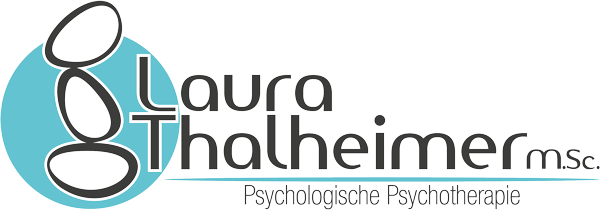Psychotherapy
What is behavioral therapy?
Concerning Margraf and Schneider (2009, pp.5)[1] behavioral therapy is a clinical-psychological treatment based on empirical psychology. It consists of a variety of techniques and treatment methods, which are intentionally used and combined depending on the disorder treated. The variety of techniques and methods is also seen in theories and analytic models, which are either disorder-specific or generally used for different disorders.
The choice of the empirically tested and validated techniques and methods is based on predisposing, maintaining and triggering factors, which are found in behavioral analysis. The goal is to achieve defined goals on all levels of a person’s behavior and experiences.
What does that exactly mean?
The basic idea of behavioral therapy is that every behavior is learned and can be un-learned, respectively other more adequate or new behaviors can be acquired.
To treat those (critical) behaviors, it is important to understand why a person behaves in a certain way. Thoughts, emotions and feelings as well as bodily sensations are looked at to find the motives for (inappropriate) behavior. After analyzing motives and related behaviors the first steps for a change are considered and prepared.
For a successful therapy a trustful therapeutic relationship is essential. The client and therapist work together as a team to name the relevant questions, set goals, and also determine the first necessary steps to achieve them. Transparency is therefore a basic condition in behavioral therapy. The client actively takes part in creating the therapy’s process with the therapist on his or her own responsibility. This includes practicing apart from the therapy sessions and taking care of “homework” that has been agreed on during the sessions. It becomes more and more understandable that there is no standard solution in behavioral therapy. The therapeutic approach is always adapted to the individual needs and circumstances.
Psychotherapeutische Praxis Laura Thalheimer, M. Sc.
Paul-Mertgen-Straße 7
56587 Straßenhaus
Telefon: 0162 3954551
Email: kontakt(a)psychotherapie-thalheimer.de

